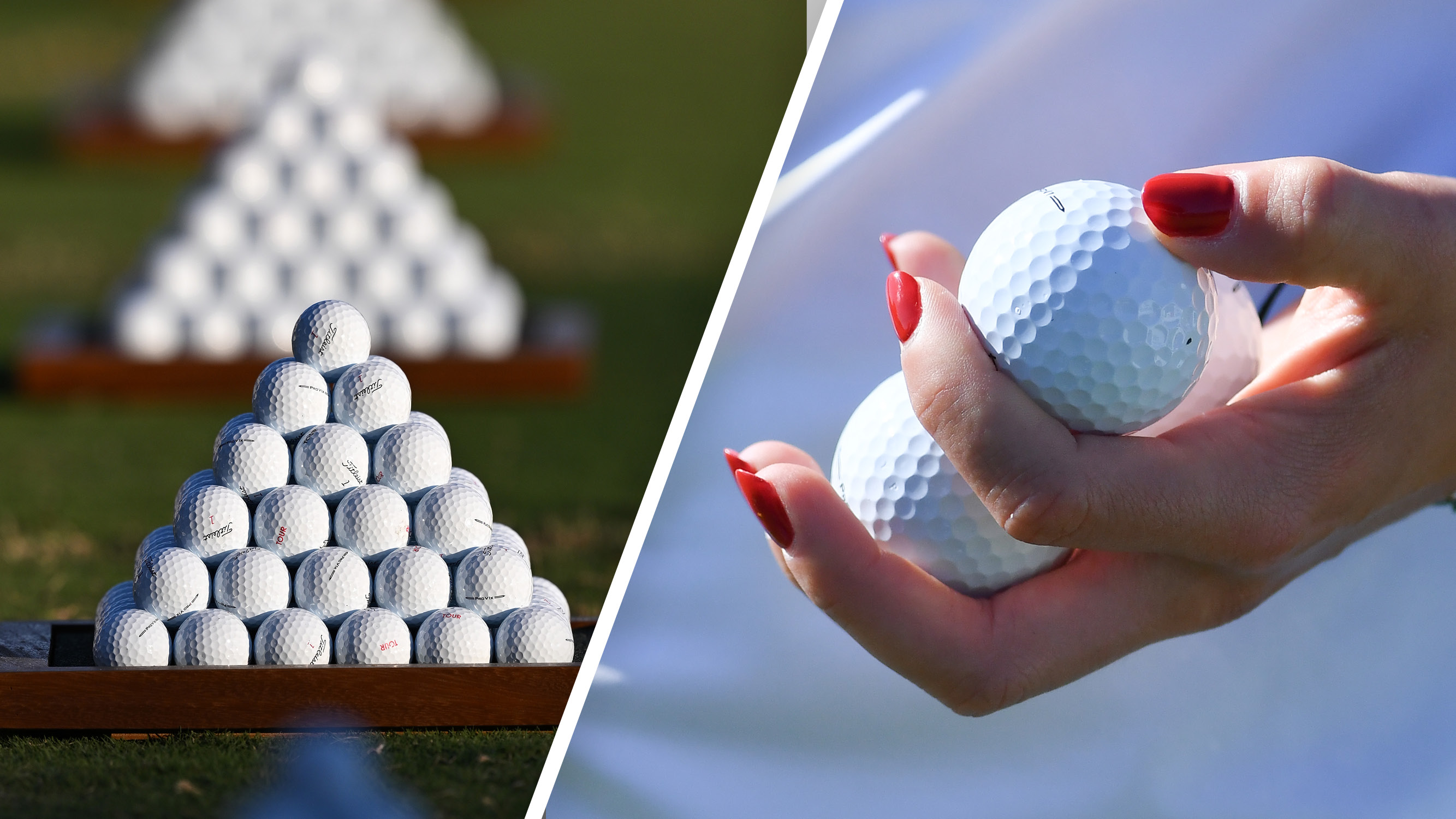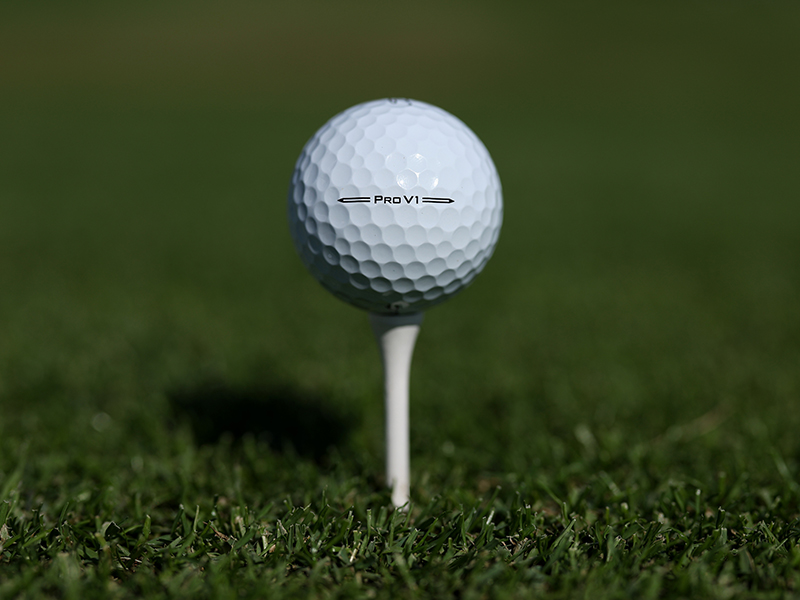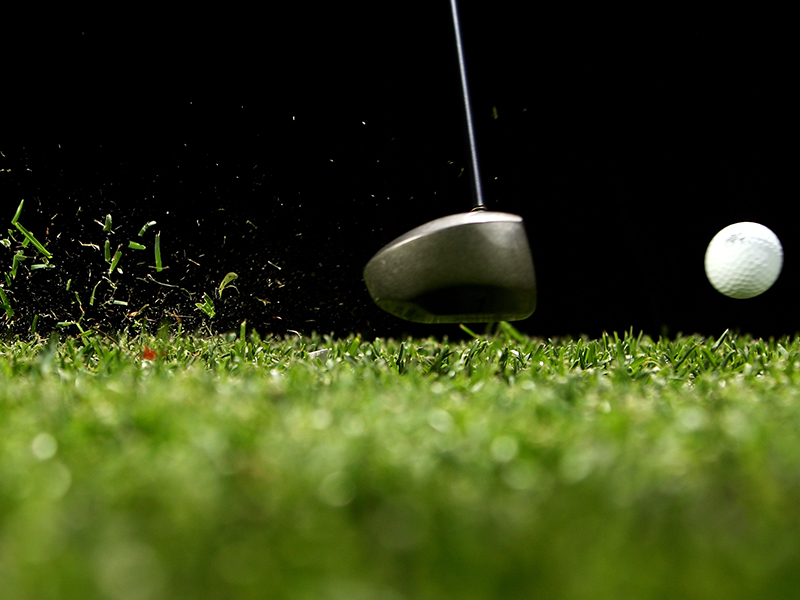
Whether you like a classic-looking white golf ball, a funky colourful design, or are simply interested in finding the one which will give you the most distance, one thing golf balls all have in common is dimples.
Dimples are so common that you could be forgiven for hardly noticing them, but they are very important. The feature isn't a fun design pattern added to improve the aesthetic of this fundamental golf essential, they play a crucial technical role to support your success on the golf course.
In this article, we discuss how many dimples you can expect to find (without having to count them all) and explore why golf balls have dimples...
How Many Dimples Are There On A Golf Ball?
The simple answer is... it depends! There is usually somewhere between 300 and 500 dimples on a standard golf ball, but the number varies depending on the manufacturer.
In the interest of research, I took a closer look at the top candidates on Golf Monthly's Best Golf Balls list, and found that the average number of dimples across all of the models was 343.

The Titleist Pro V1 is one of the most iconic golf balls on the market, used by many of the top tour professionals, and that particular model actually features 388 tetrahedral dimples.
Interestingly, the shape and size of the dimples are not dictated, neither is the amount you can have. There have been balls with more than 1,000 dimples, with the record standing at 1,070.
Why Do Golf Balls Have Dimples?
A golf ball has dimples to reduce drag (wind resistance) as it flys through the air, which increases the carry distance. According to the USGA, "as a golf ball flys through the air, the airflow interacts with the surface of the ball and can greatly affect the amount of drag.
"If the golf ball were smooth, the air flowing closest to the surface of the ball would follow the flow of air around it, creating a detached airflow behind the ball. The detached flow causes a weight to form behind the ball, which creates a low pressure zone. This zone is what causes drag.

"Adding dimples to the ball changes how the air flows over it. As the air travels over one of the dimples, a tiny pocket of turbulence or air disturbance is created on the surface. Instead of impeding the flight of the ball, these tiny pockets of turbulence allow the closer layer of air to travel tighter around it.
"A more attached airflow creates a smaller weight and thus a smaller low pressure zone, which means less drag. Even this slight change can make a big difference."







